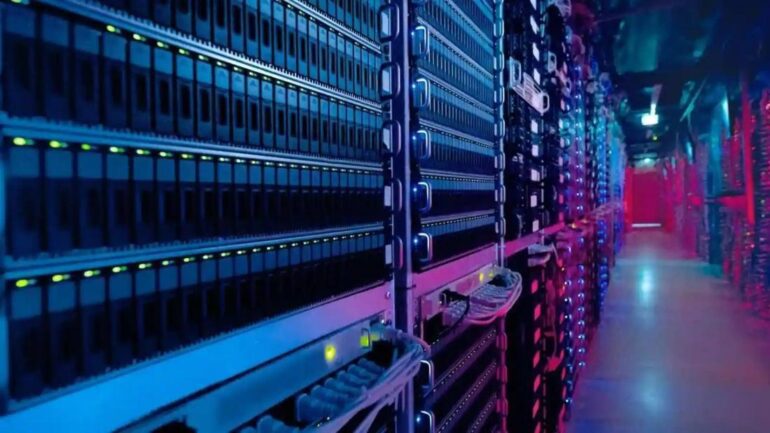TL;DR:
- AI’s emergence intensifies datacenter network challenges.
- GPUs and custom ASICs power AI workloads, demanding rapid data processing.
- Large language models lead to clusters with thousands of GPUs.
- Upgrading ASICs, adapters, and transceivers is crucial for AI workload optimization.
- Marvell is uniquely positioned to meet low latency and high bandwidth demands.
Main AI News:
In the ever-evolving landscape of datacenter networking, the challenges posed by expanding data volumes and the widespread adoption of microservices architectures are relentless. However, the game-changing impact of artificial intelligence (AI) has added a new layer of complexity to this dynamic arena.
Every challenge, as they say, presents an opportunity. To gain insights into the intricate interplay between datacenter networking and AI, we engaged in a dialogue with Achyut Shah, the Senior Vice President and General Manager of the Connectivity Business Unit at semiconductor powerhouse Marvell.
AI workloads, driven predominantly by GPUs and occasionally by custom ASICs, exhibit remarkable processing speed. However, their voracious appetite for data presents a formidable hurdle. Shah aptly points out, “If you look at a CPU from days of old and compare it to a GPU or an accelerator of today, the pure processing power of this is at least an order of magnitude more – at least 10X, 20X, or 30X more than a basic CPU.” This staggering processing power demands an equally swift data ingestion and transmission capability.
The challenge intensifies with the proliferation of GPUs within datacenter clusters. As large language models gain prominence, clusters housing hundreds, sometimes thousands, and potentially tens of thousands of GPUs are becoming commonplace. This trend is poised to accelerate in the foreseeable future.
Consequently, a comprehensive overhaul of various technologies is imperative, spanning from network switch ASICs and server host adapters to network cable transceivers. The synchronization and upgrading of these components are critical to meeting the low latency and high bandwidth demands that AI workloads entail.
In this ever-evolving landscape, Marvell emerges as a standout player, uniquely positioned to address the multifaceted requirements of datacenter networking. Shah elucidates how Marvell is poised to tackle the challenges, from latency reduction to enhanced bandwidth, that AI workloads demand. As AI’s influence continues to permeate the datacenter ecosystem, Marvell stands ready to meet the escalating demands, ushering in a new era of datacenter networking excellence.
Conclusion:
AI’s integration into datacenter networking heralds a transformative era. The demand for rapid data processing and transmission, driven by powerful GPUs and custom ASICs, necessitates a comprehensive upgrade of network components. As clusters with thousands of GPUs become commonplace, Marvell’s expertise positions it as a key player in meeting the evolving demands of this burgeoning market.

